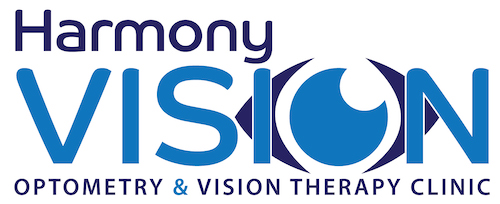Is It Really an Eye turn? So What is Pseudostrabismus?
Pseudostrabismus refers to eyes that appear to be turned, but are actually straight. This is quite a common condition in babies and young children due to facial structures. Known as “prominent epicanthal folds”, the wide bridge of the nose and the inner folds of the eyelid skin on the nose-side of the eye contribute to the appearance by covering the “whites” of the eye. This is often more noticeable in of East Asian ethnicities, where the lower fold of the upper eyelid gives the eyes a relatively narrower and almond-like appearance.
The appearance of the turn occurs when the child looks right or left or turns their head slightly. As the child’s facial structure matures, more of the whites of the eyes are seen and the appearance of an eye-turn becomes less and often disappears.
It is still important to have a thorough assessment with an optometrist who has experience assessing young children, as you still need to make sure that a real eye-turn is not present. Age is not a barrier; infants as young as 6 months old can be assessed for the presence of an eye-turn and any risk factors that may contribute. Don’t feel that you are over-reacting as a parent as the optometrist can quickly determine whether an eye-turn is present and put your mind at ease. If an eye-turn is detected then it is great that it has been picked up so treatment can start early.
If no eye-turn is found, we recommended reassessment in the near future to confirm that indeed no eye turn is present.
